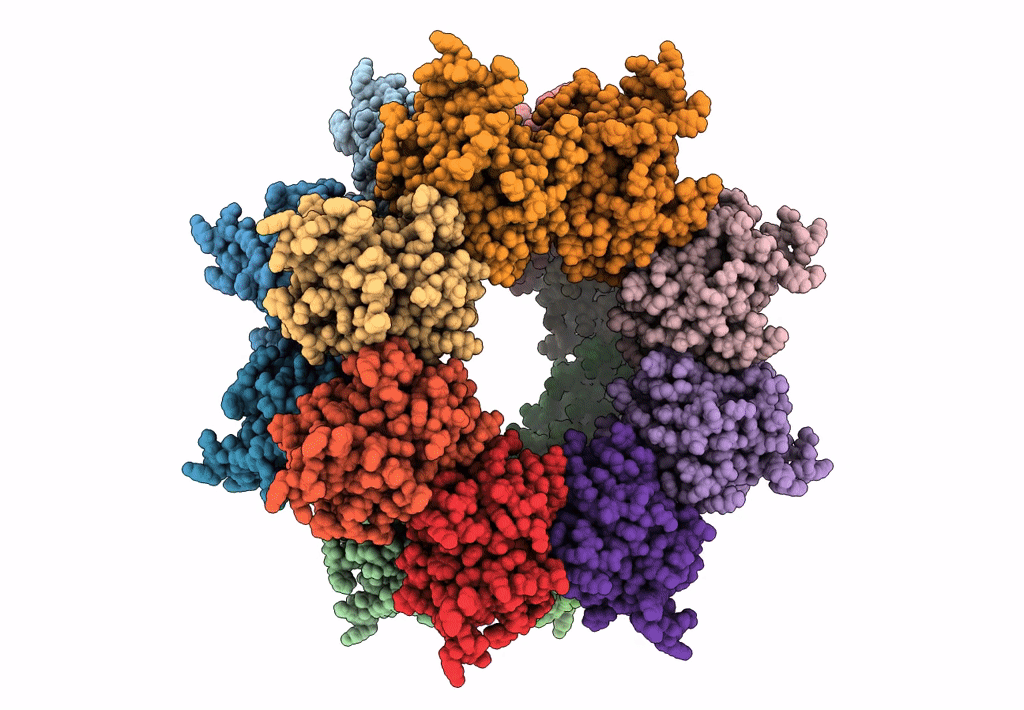
Deposition Date
2017-02-16
Release Date
2017-04-12
Last Version Date
2024-11-06
Method Details:
Experimental Method:
Resolution:
4.20 Å
Aggregation State:
PARTICLE
Reconstruction Method:
SINGLE PARTICLE


